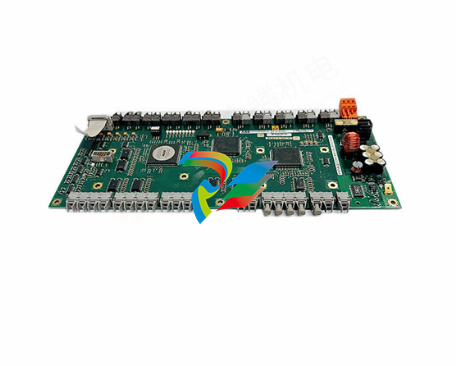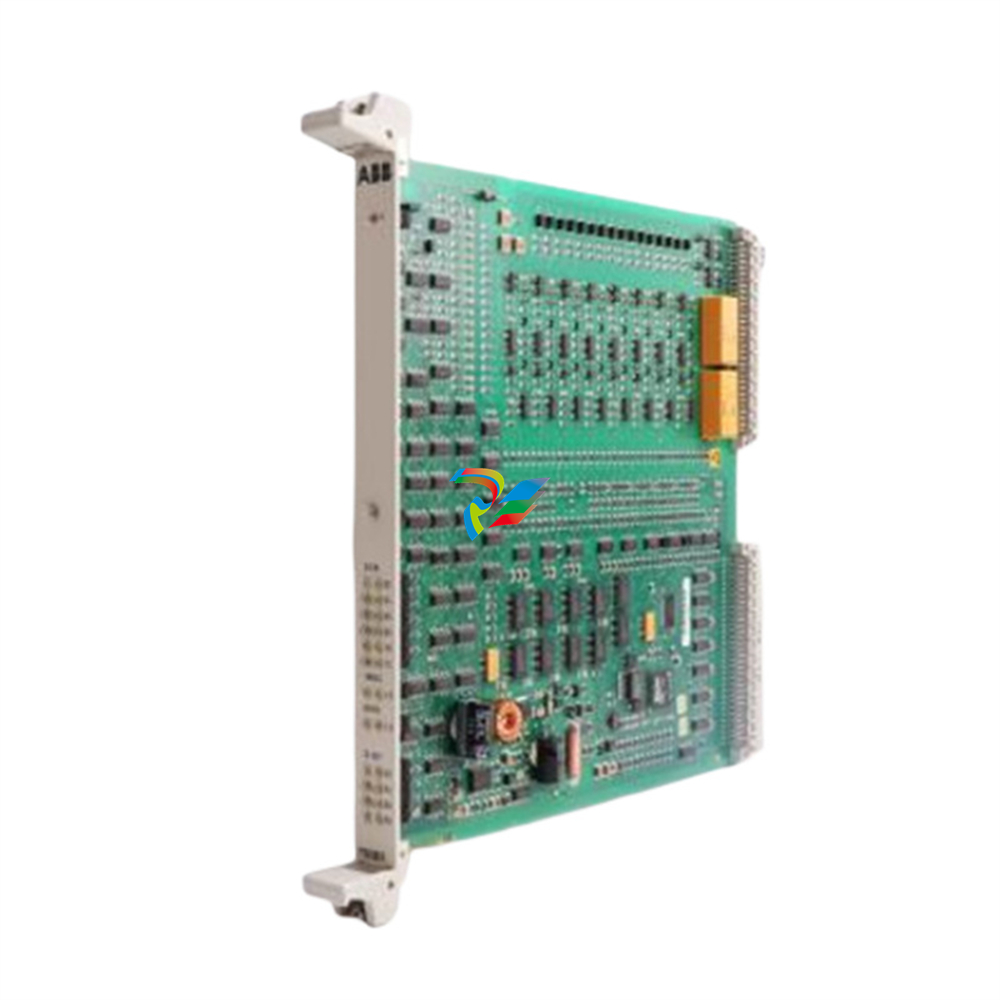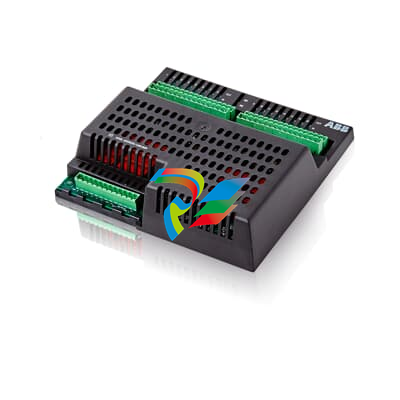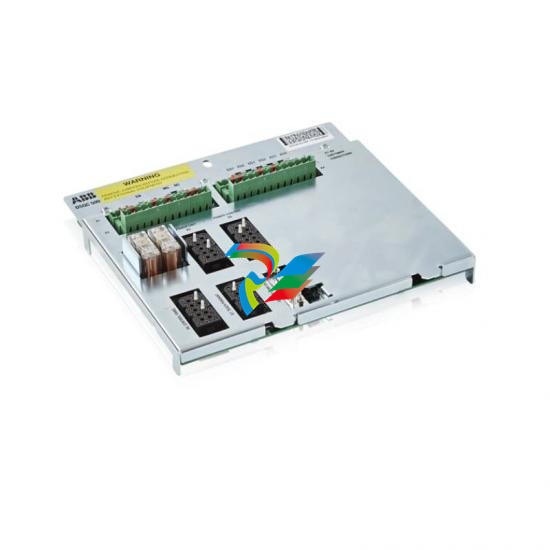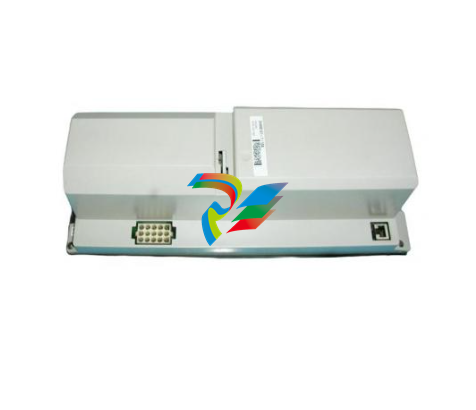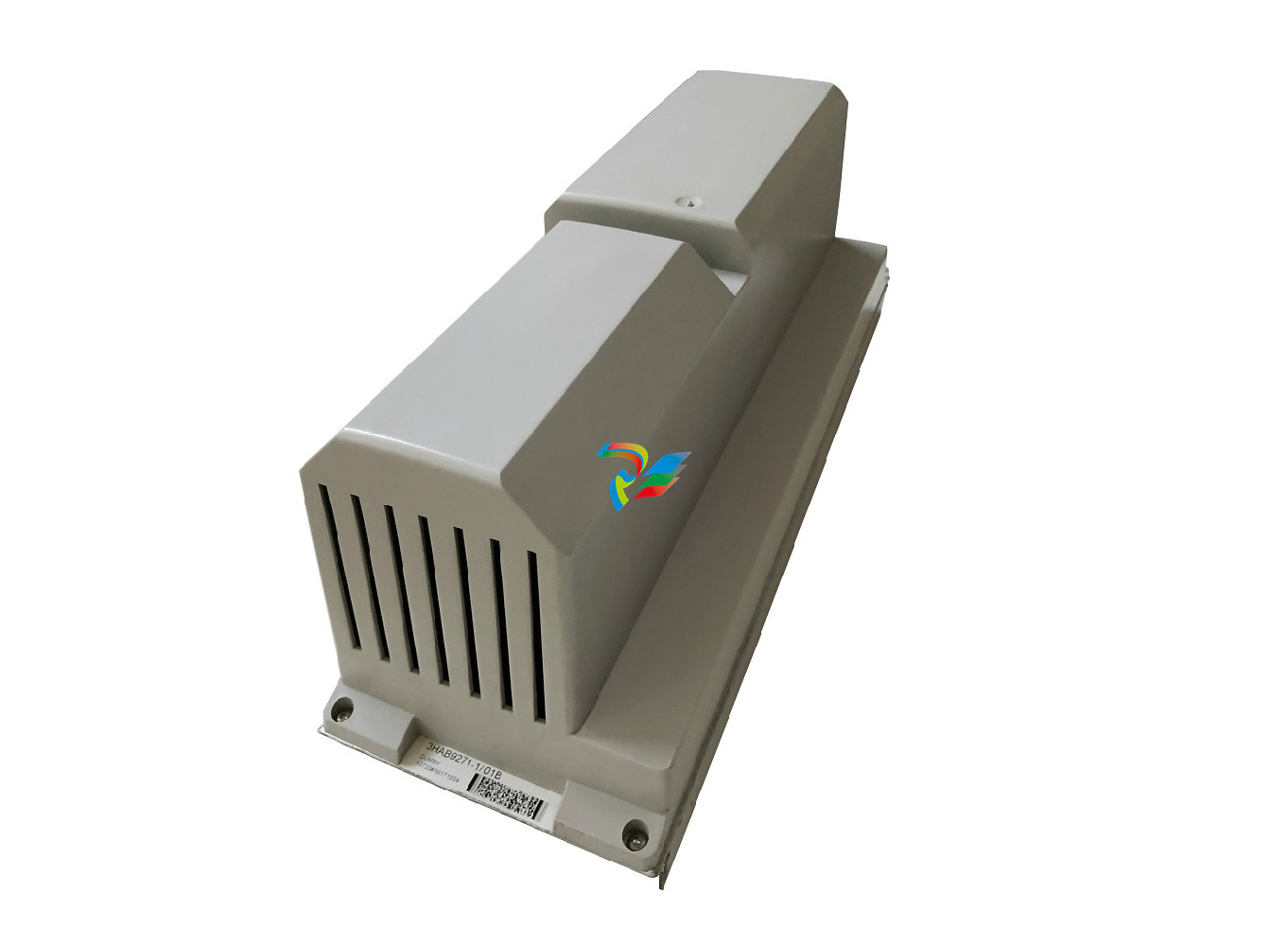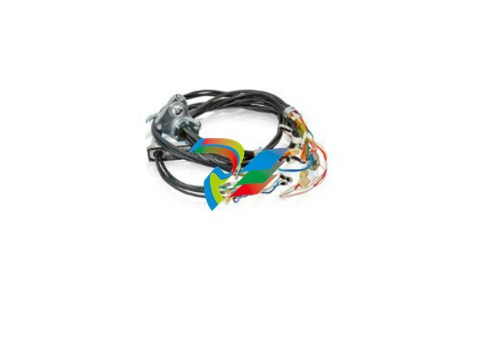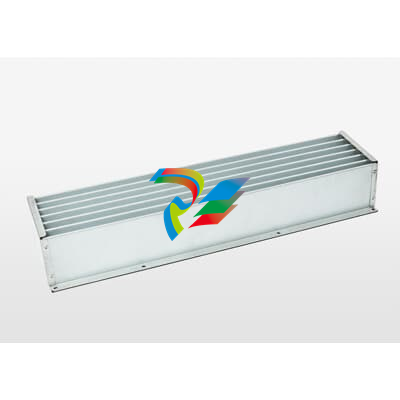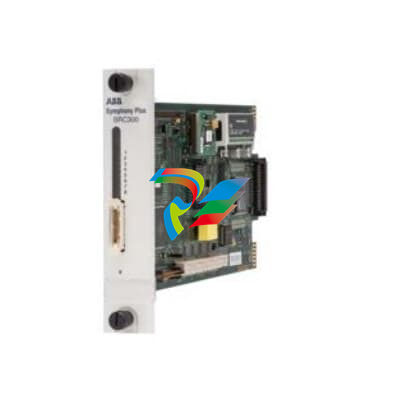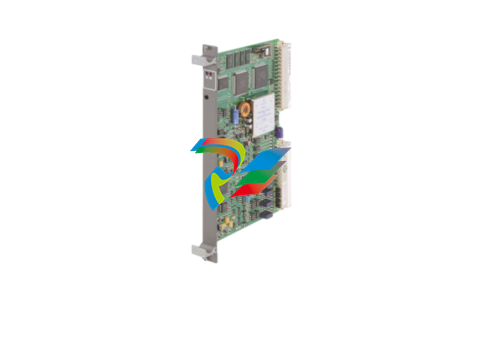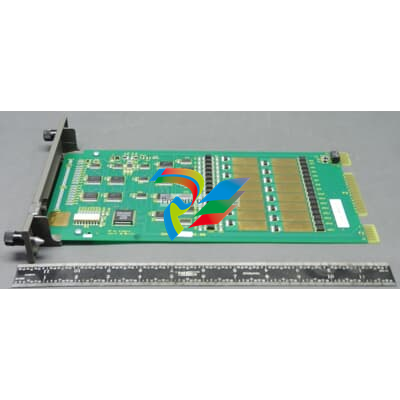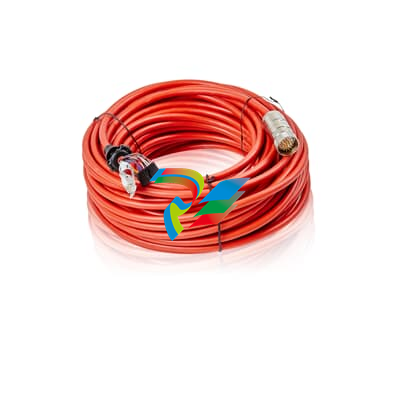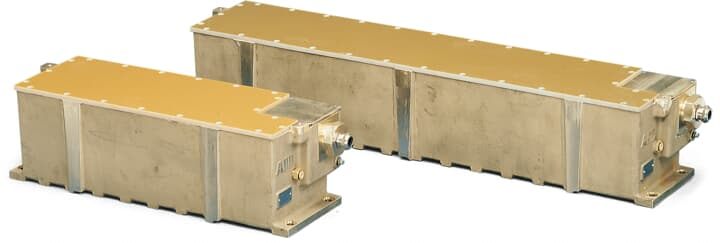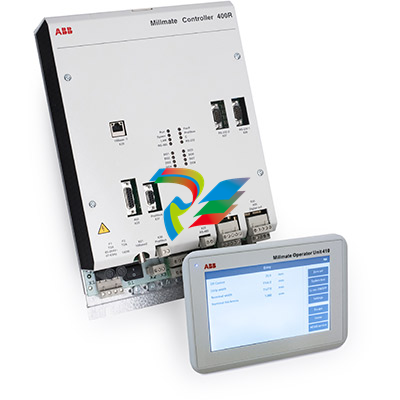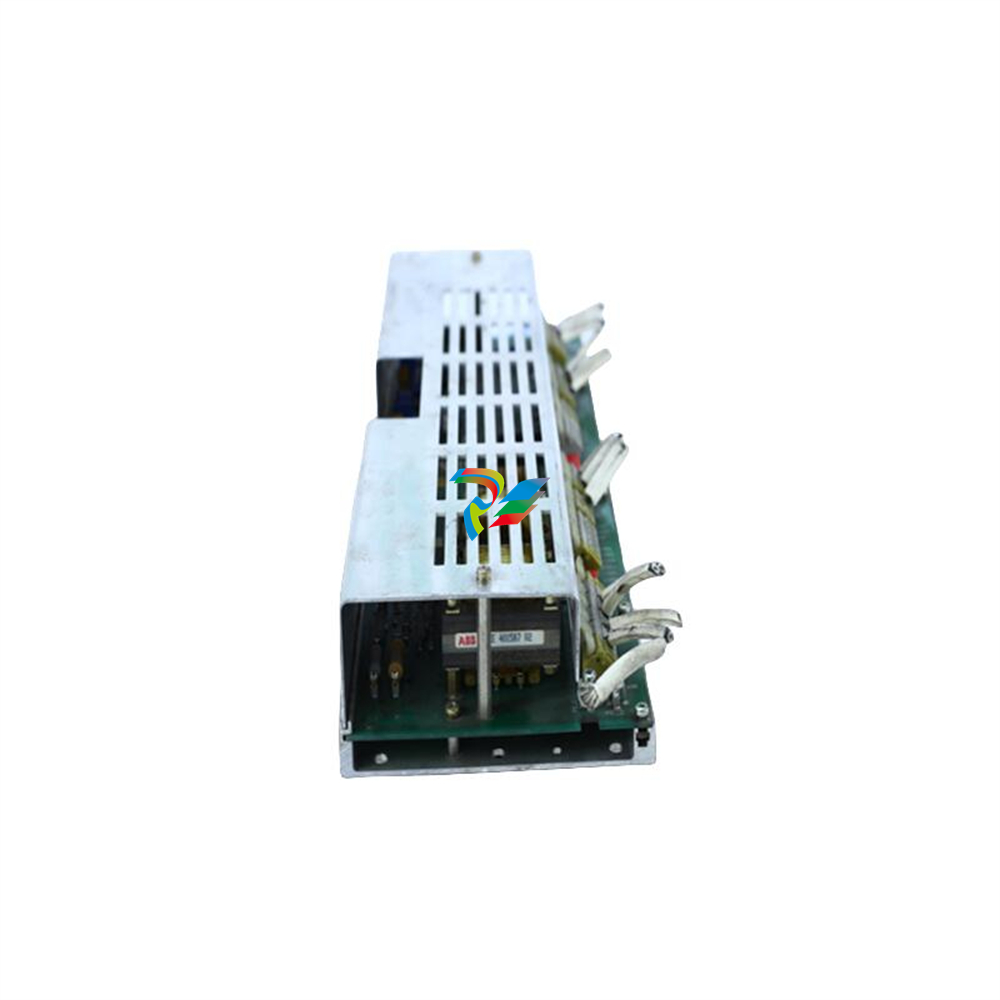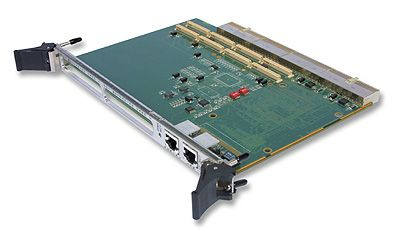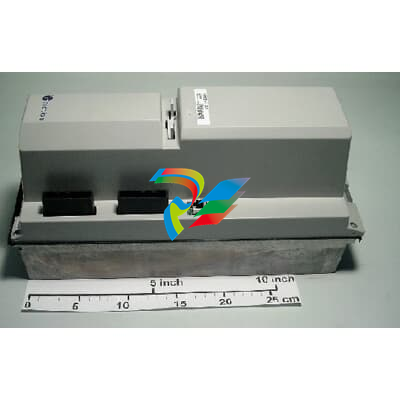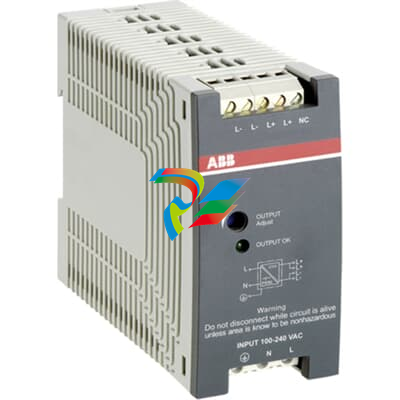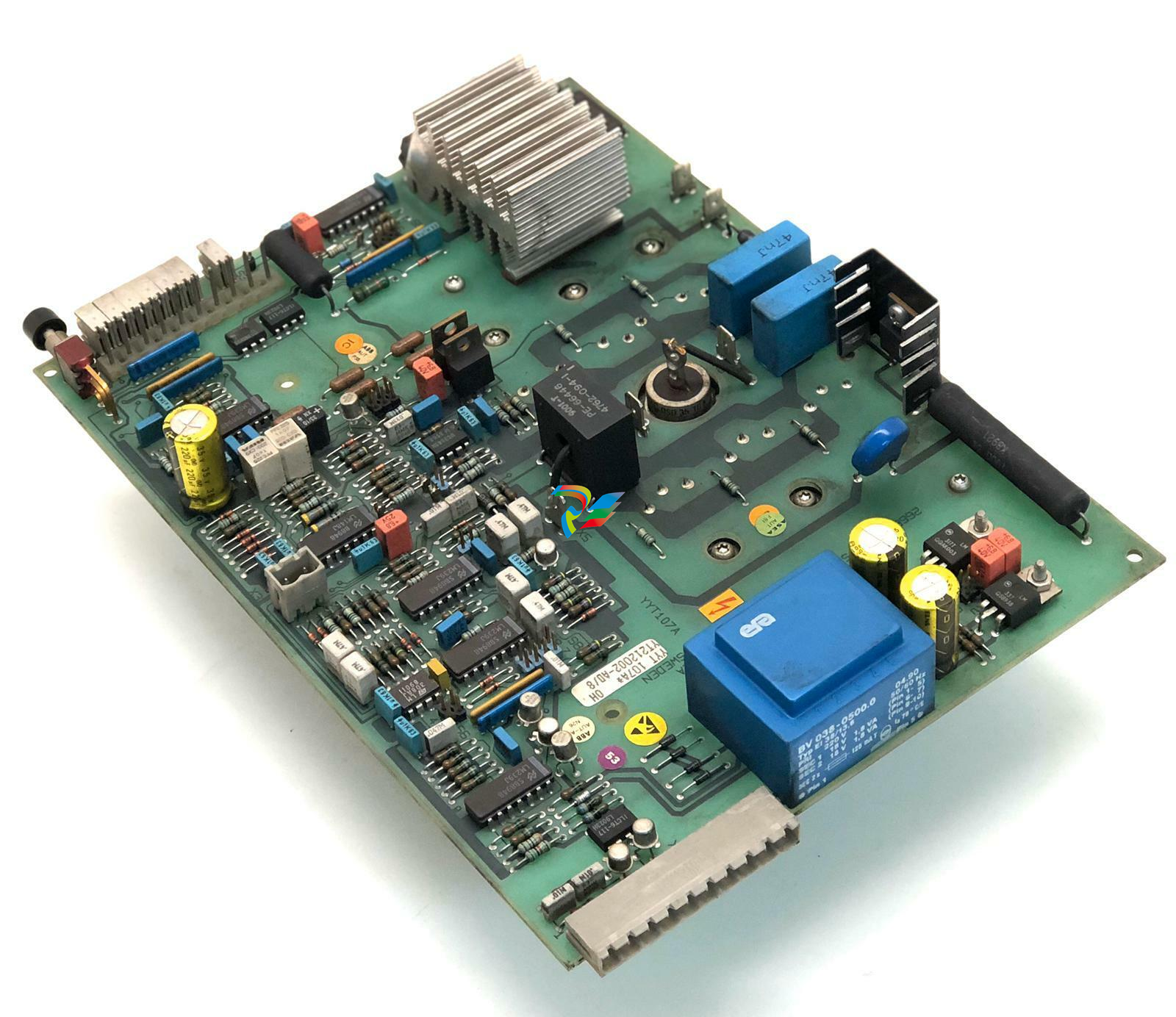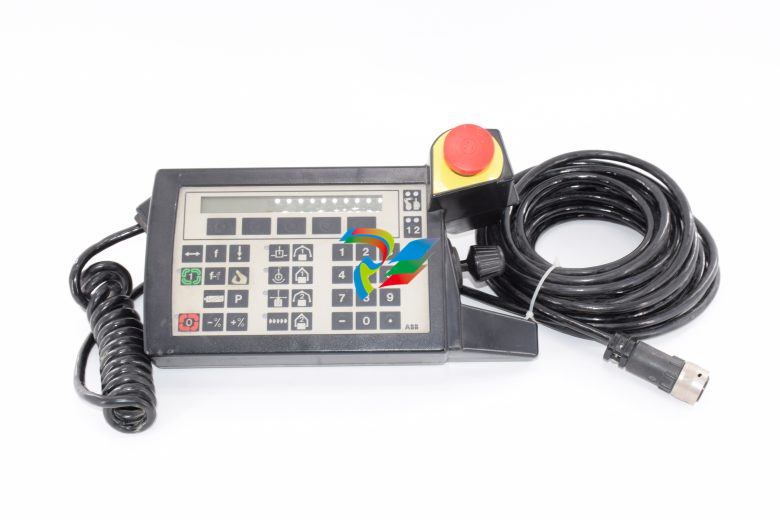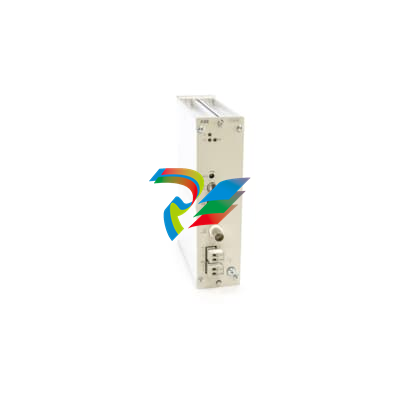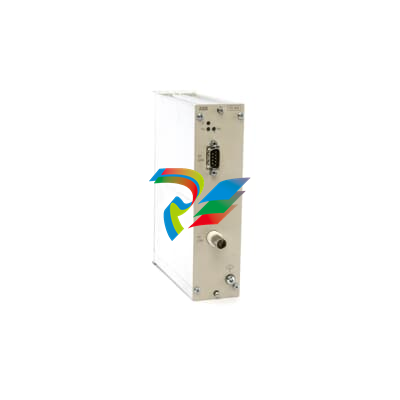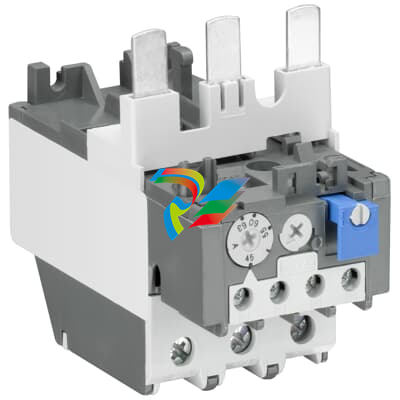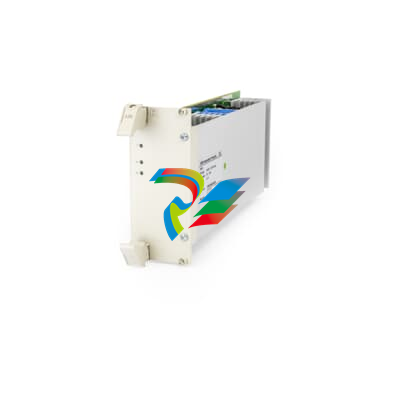
GEFanuc Automation Programmable Control Products
Warnings, Cautions, and Notes
as Used in this Publication
Warning
Warning notices are used in this publication to emphasize that hazardous voltages,
currents, temperatures, or other conditions that could cause personal injury exist in this
equipment or may be associated with its use.
In situations where inattention could cause either personal injury or damage to
equipment, a Warning notice is used.
Caution
Caution notices are used where equipment might be damaged if care is not taken.
Note
Notes merely call attention to information that is especially significant to understanding and
operating the equipment.
This document is based on information available at the time of its publication. While efforts
have been made to be accurate, the information contained herein does not purport to cover all
details or variations in hardware or software, nor to provide for every possible contingency in
connection with installation, operation, or maintenance. Features may be described herein
which are not present in all hardware and software systems. GE Fanuc Automation assumes no
obligation of notice to holders of this document with respect to changes subsequently made.
GE Fanuc Automation makes no representation or warranty, expressed, implied, or statutory
with respect to, and assumes no responsibility for the accuracy, completeness, sufficiency, or
usefulness of the information contained herein. No warranties of merchantability or fitness for
purpose shall apply.
The following are trademarks of GE Fanuc Automation North America, Inc.
Alarm Master Genius PowerTRAC Series Six
CIMPLICITY Helpmate ProLoop Series Three
CIMPLICITY 90–ADS Logicmaster PROMACRO VersaMax
CIMSTAR Modelmaster Series Five VersaPoint
Field Control Motion Mate Series 90 VersaPro
GEnet PowerMotion Series One VuMaster
Workmaster
©Copyright 2002 GE Fanuc Automation North America, Inc.
All Rights Reserved.
Content of This Manual
This manual describes Field Control I/O modules and associated components.
Chapter 1. Introduction: Chapter 1 provides basic information about the Field Control family
of products.
Chapter 2. Installation: Chapter 2 summarizes installation instructions for Field Control I/O
modules. I/O Terminal Blocks, and cables.
Chapters 3—end. I/O Module Datasheets: The rest of the manual consists of datasheets for
individual I/O modules.
Appendix A. Analog Signal Terms: Appendix A provides some definitions of basic analog
terms.
Appendix B. Scaling Analog Channels: Appendix A summarizes instructions for analog scaling.
Related Publications
For more information, refer to:
Field Control Genius Bus Interface Unit User’s Manual (GFK-0825). This book describes the
module that interfaces a group of Field Control I/O modules to a Genius serial bus. It explains how
to install and configure a Bus Interface Unit, and describes how a Bus Interface Unit operates.
Field Control FIP Bus Interface Unit User’s Manual (GFK-1175). This book describes the
module that interfaces a group of Field Control I/O modules to a FIP bus. It explains how to install
and configure a Bus Interface Unit, and describes how a Bus Interface Unit operates.
Field Control Profibus Bus Interface Unit User’s Manual (GFK-1291). This book describes the
module that interfaces a group of Field Control I/O modules to a Profibus. It explains how to install
and configure a Bus Interface Unit, and describes how a Bus Interface Unit operates.
This chapter provides basic information about Field Control I/O products.
Overview
Field Control is a family of versatile, truly modular I/O products, suitable for use in a wide range of
control system architectures.
Field Control I/O Modules are small and rugged. They provide easily-configurable discrete and
analog I/O interfaces which may also include local intelligence for signal processing.
I/O Terminal Blocks provide universal field wiring terminals for two I/O modules, allowing I/O
module types to be mixed on the same I/O Terminal Block. The I/O Terminal block is mounted on
a DIN rail. The DIN rail, which is an integral part of the grounding system, must be mounted to a
panel.
As many as eight Field Control I/O modules (four I/O terminal blocks) can be connected to one
Bus Interface Unit. Together, they make up a Field Control “station” Bus Interface Units are
available for different types of busses, such as Genius, Profibus, and FIP.

The Bus Interface Unit provides the I/O scanning, diagnostics, and communications capabilities
needed to link the I/O modules to the control system. In addition, the Bus Interface Unit may
provide (and store) configurable characteristics for I/O modules, such as fault reporting, output
defaults, analog range selection, and analog scaling
Field Control I/O modules are small rugged components with sturdy aluminum housings.
Modules are approximately 3.25 inches (8.2 cm) high x 2 inches (5.25 cm) wide. They are 2.90
inches (7.3 cm) deep (not including the portion that extends into the I/O Terminal Block).
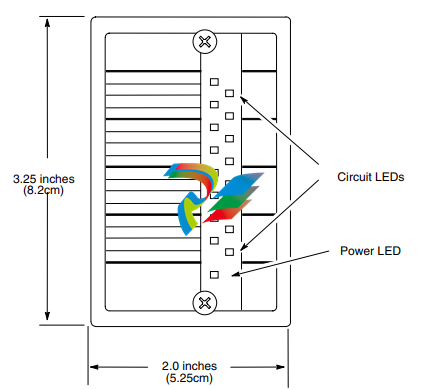
Both discrete and analog conventional input and output modules are available. In addition,
intelligent modules, which perform more advanced functions, are also available. Examples of
intelligent modules are the Micro Field Processor, the 16-point Grouped Analog Input module


































































































